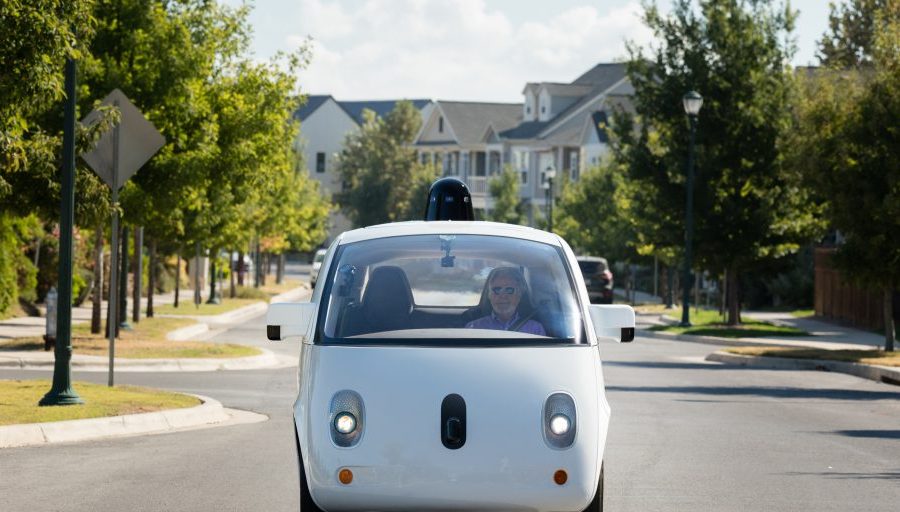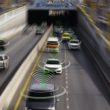When it comes to autonomous vehicles, it’s time for municipalities to get into the driver’s seat
As the host of the “Connected and Autonomous Vehicles 101 National Roadshow,” I have conducted seminars for planners, city administrators and municipal employees in many metro areas around the country. The one thing that everyone who attends these seminars wants to know is: while we wait for self-driving cars, what should municipalities, counties or MPOs be doing to be better prepared for a connected and autonomous future?
Where’s Waymo?
That’s a good question, because, despite millions of miles of road testing (and billions of dollars in investment), it is clear that mastering the machine learning and Artificial Intelligence (AI) technologies that allow fully autonomous, stand-alone vehicles to travel safely—anywhere, anytime, under any conditions—is turning out to be much more complex, expensive and time consuming, than Silicon Valley expected.
The good news is that while the world waits for Waymo, municipalities can begin experimenting with new infrastructure-based technologies that will almost certainly be more essential to the connected and autonomous transportation ecosystem in the future than stand-alone, self-driving vehicles anyway.
The perfect is the enemy of the good
Most notably, the revolution in high-speed cellular connectivity (starting with 5G and buttressed by expectations of 6G and 7G in the near future) has given rise to a plethora of Vehicle-to-Infrastructure (V2I) technologies that communicate directly with the Advanced Driver-Assistance (ADAS) systems that are widely available in new vehicles being produced by traditional auto manufacturers (rather than AI-based technology groups like Waymo/Google).
This alternative approach favors connectivity over AI, and is based on a collaborative relationship between relatively intelligent (but not fully autonomous) vehicles and a digitalized infrastructure that surrounds them—curb sensors, RFID-equipped lane markers and signs, collision avoidance cameras, intelligent streetlights, mobility-as-a-service apps, advanced traffic management systems, etc. As with laptops or smartphones, this approach shifts most of the computing capacity, memory and data storage out of the vehicle, and into surrounding infrastructure and the cloud.
Importantly, these connected and collaborative V2I technologies allow cities, counties and regional transit authorities to pursue small and incremental projects that are safe, affordable and flexible investments: using digital technologies to avoid collisions at intersections, to clear the path for emergency service vehicles, to provide autonomous point-to-point shuttles for public transit, to protect pedestrians in a crosswalk, to slow traffic in school zones, or to prevent vehicles from mounting the curb or running red lights.
To read the complete article, visit American City & County.

















